Search
Search Results
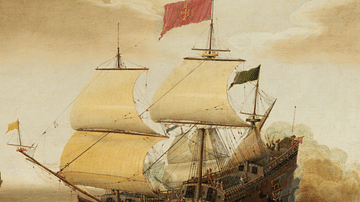
Definition
Spanish Galleon
The Spanish galleon (Spanish: galeón, nao, or navío) was a particularly large type of galleon used for both carrying cargo and as a warship armed with up to 60 cannons. Used from the mid-16th century until the early 19th century, Spanish...
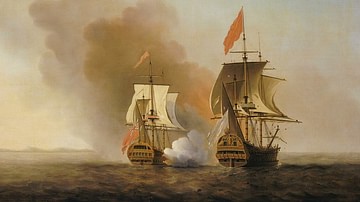
Definition
Galleon
The galleon (Spanish: galeón, French: galion) was a type of sailing ship used for both cargo carrying and as a warship. Galleons dominated the seas in the second half of the 16th century, and with their lower superstructures, they were much...
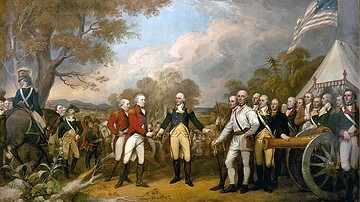
Article
Battles of Saratoga
The Battles of Saratoga (19 September and 7 October 1777) marked the climactic end of the Saratoga Campaign during the American Revolutionary War (1775-1783). The battles, which resulted in the surrender of an entire British army, convinced...
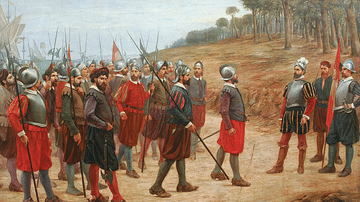
Definition
Spanish Requirement
The Spanish Requirement or Requerimiento was a document intended to be read out to and agreed upon by indigenous peoples during the Spanish conquest of the Americas. Created in 1513, the document outlined the history of Christianity, the...

Article
Battle of Guilford Court House
The Battle of Guilford Court House (15 March 1781) was one of the last major engagements of the American Revolutionary War (1775-1783). Fought near Greensboro, North Carolina, it was a pyrrhic victory for the British army under Lord Charles...
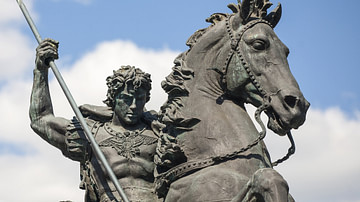
Article
Medieval Knights: 12 of the Best
The knights of medieval Europe were meant to be the finest fighting men of their age, even more important, they were expected to be pure in thought and deed, as exemplified in the chivalrous code which they (usually) followed. Here are the...
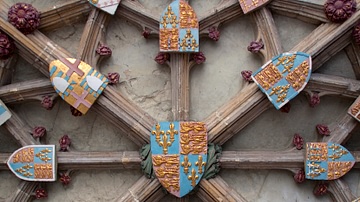
Collection
The Plantagenets
The Plantagenets, sometimes referred to as the Angevin-Plantagenets, were the ruling dynasty of England from 1154 to 1485 CE. The name Angevin derives from the family's ancestral lands in Anjou, France and the term Plantagenet (perhaps) from...
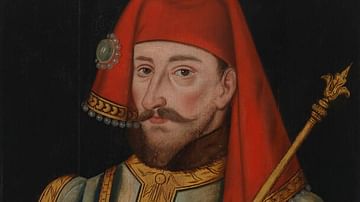
Definition
Henry IV of England
Henry IV of England ruled as king from 1399 to 1413 CE. Known as Henry Bolingbroke, Duke of Lancaster before he became king, Henry clashed with his cousin Richard II of England (r. 1377-1399 CE) and was exiled in 1397 CE. Returning to England...
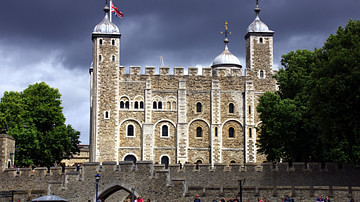
Definition
Tower of London
The Tower of London is a castle located in London alongside the River Thames which was first built by William the Conqueror from c. 1077 and significantly added to over the centuries. Often referred to in England as simply 'the Tower', it...
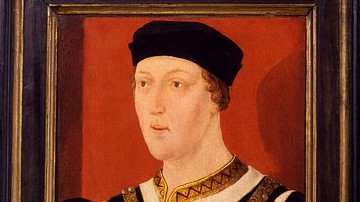
Definition
Henry VI of England
Henry VI of England ruled as king from 1422 to 1461 CE and again from 1470 to 1471 CE. Succeeding his father Henry V of England (r. 1413-1422 CE), Henry VI was crowned the king of France in 1431 CE but he could not prevent a French revival...